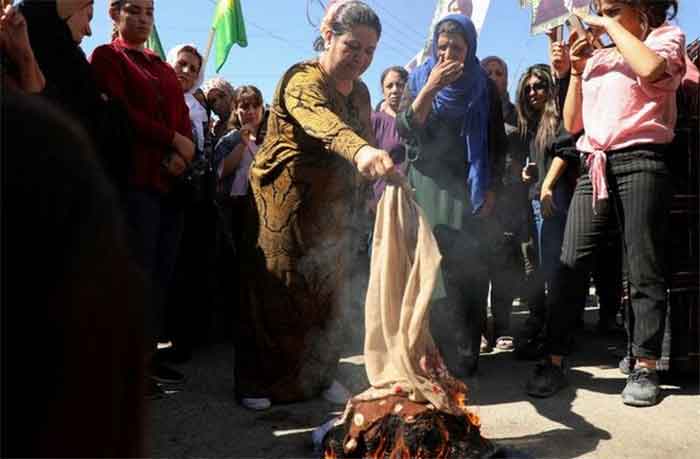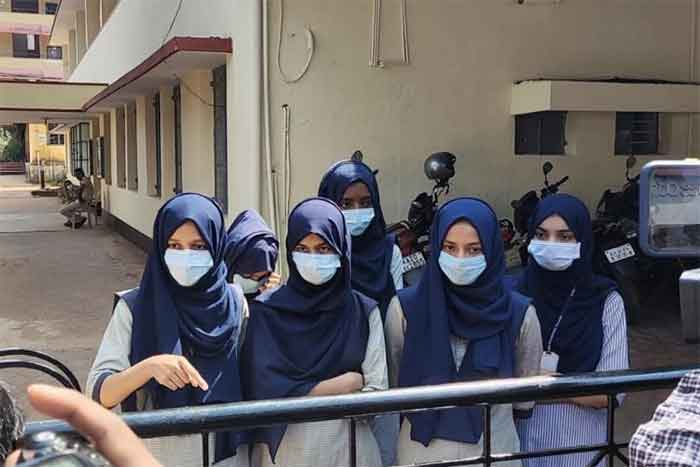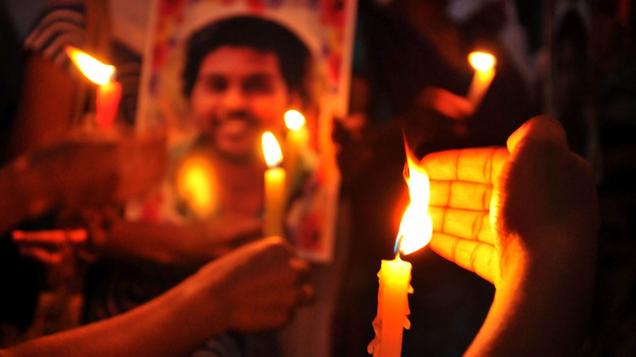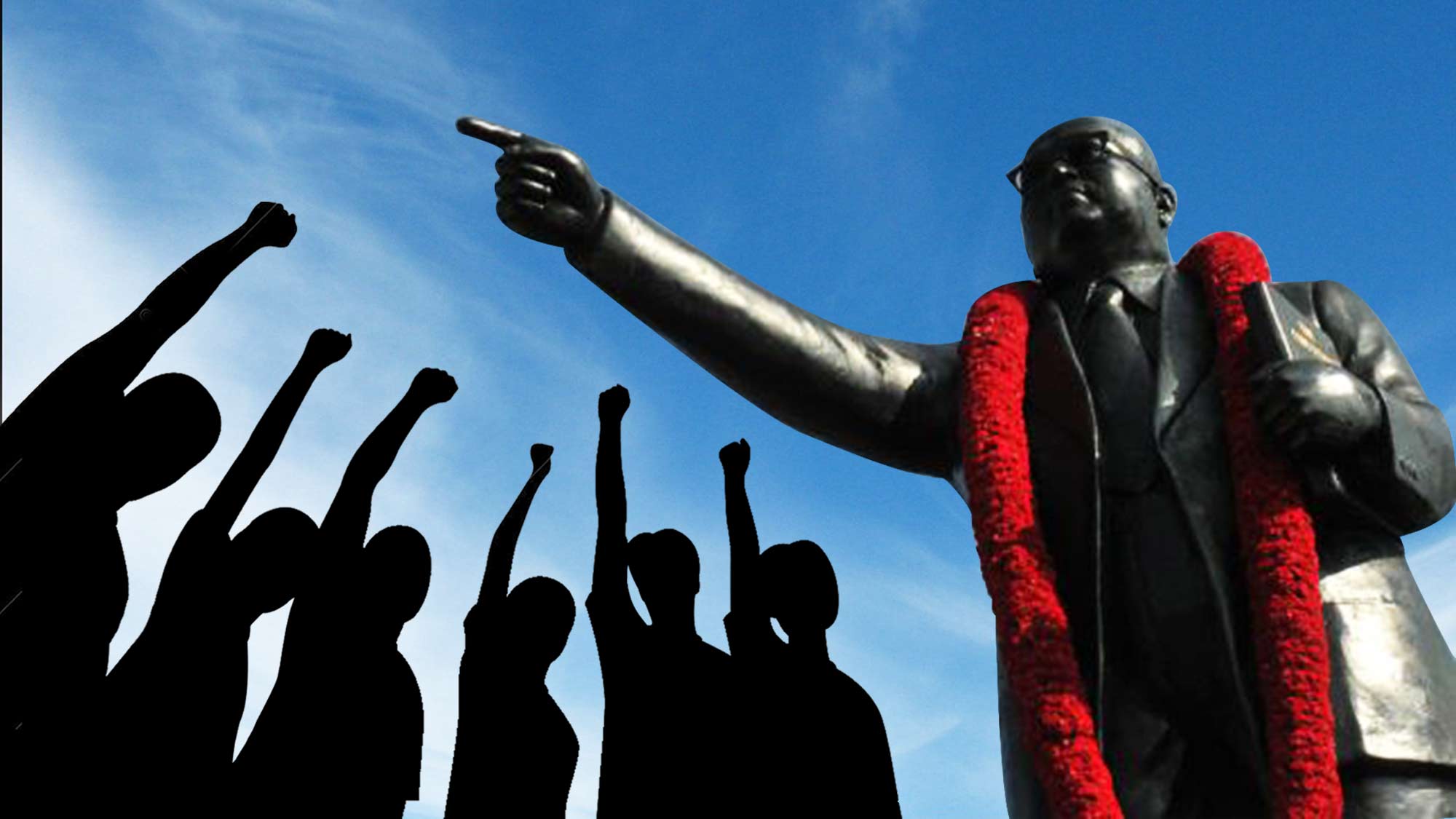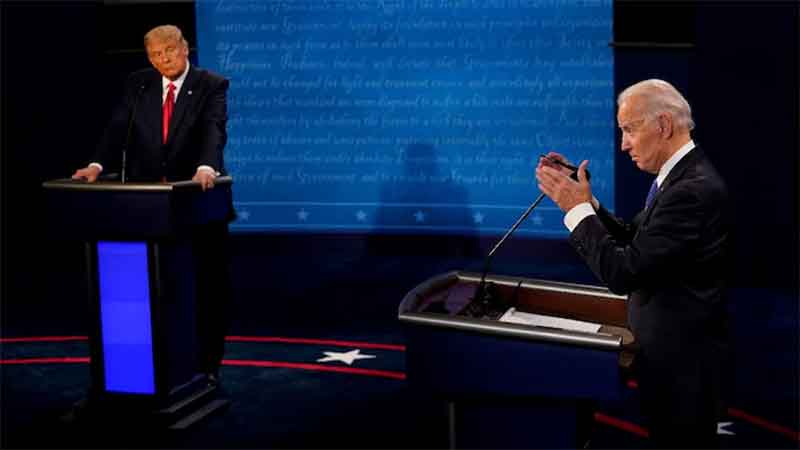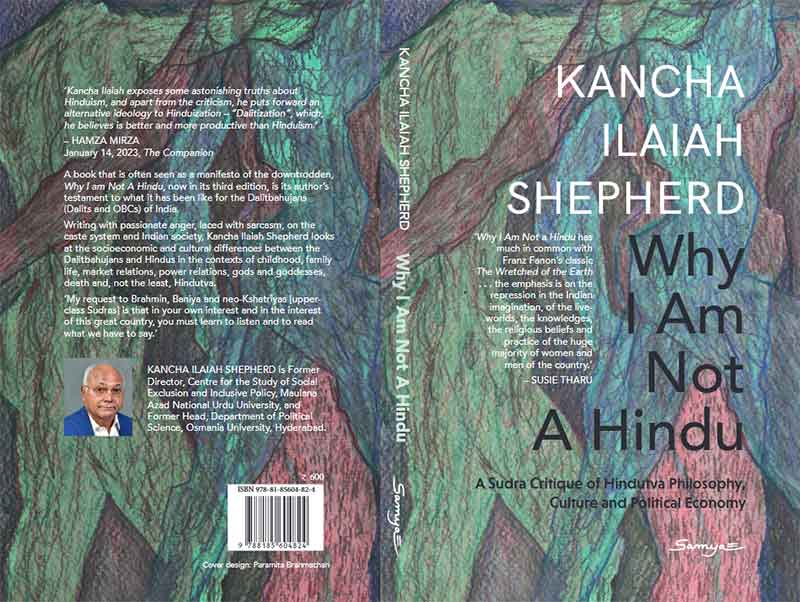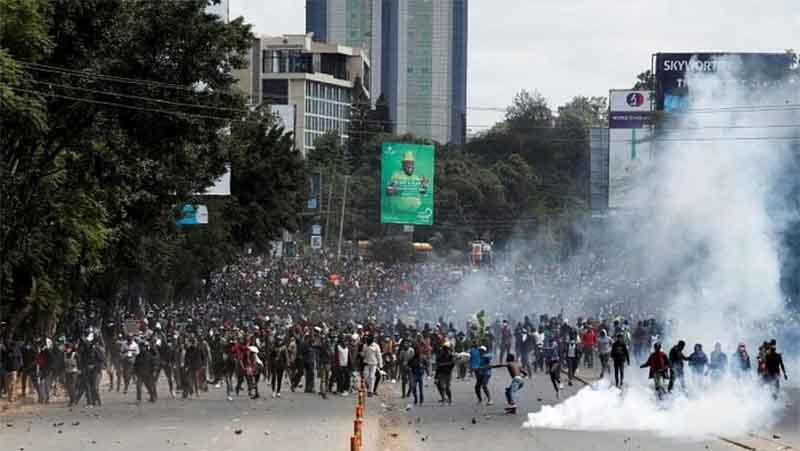Over a Lakh Muslim Girls in Karnataka Pay for Anti-Muslim Agenda
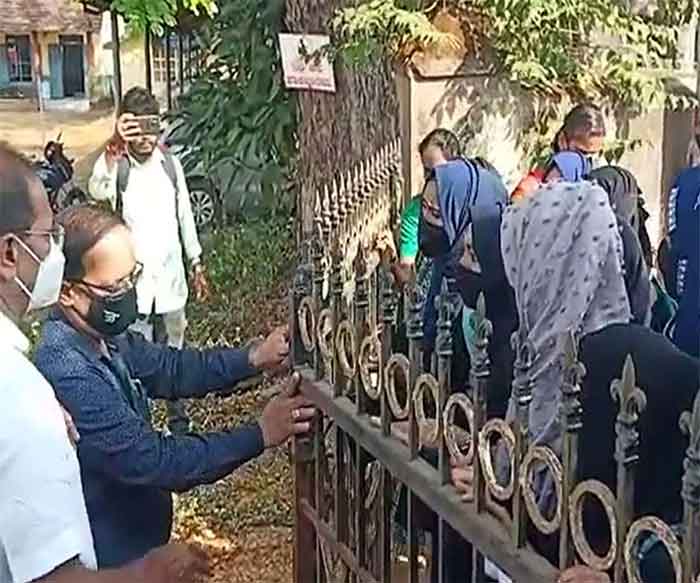
In the current session of parliament, CPI(M) leader John Brittas claimed that “more than a lakh Muslim girls backed out of government colleges in Karnataka alone” during a debate over a private member’s bill proposed by Abdul Wahab of the Indian Union Muslim League (IUML) to implement the Sachar committee report. He further claimed that the enrolment of Muslim girls in higher education is depleting after the Karnataka hijab ban. He did not cite a report to support his claims, but the devastating effect of the ban on already low enrollment of Muslim girls in higher education must sound an alarm.
The hijab controversy erupted in Karnataka last year after a few colleges barred hijab-wearing Muslim girls from entering. The barring was later upheld by both the Karnataka high court and the Supreme Court.
For an independent observer, these decisions might appear to be the most bizarre, ludicrous exclusionary act given the high presence of such religious and cultural symbolism across India including public schools and colleges. The state functionaries can be spotted in their official capacities donned in cultural and religious insignias on daily basis. The CPI(M) lawmaker later on his twitter handle as reported by Hindustan Times even hit at this saying “Hijab is against secular dress code but no issue if the CM of the largest state wears a religious attire!…(sic)”. In fact, during the peak of this controversy, the Prime Minister of India Mr. Narendra Modi was inaugurating the 216-foot-tall statue of equality in the state of Telangana wearing a full religious robe. In such a heavily loaded cultural and religious country, doesn’t the state action against Hijab-wearing Muslim girls look bizarre and ludicrous?
To understand the possible motivation for such a preposterous and ridiculous action, one must evaluate this in the light of pervasive anti-Muslim politics in the country. Unfortunately, the judiciary’s decision to uphold the ban contributes to this hate filled politics. The decision perfectly into the larger agenda of India’s right-wing communal forces of othering Muslims from all walks of life.
Othering Muslims
If the figure quoted by the CPI (M) MP is to be believed, the banning of hijab by college authorities subsequently upheld by the judiciary has yielded a dream result that the right-wing ecosystem could not have achieved despite persistent harassment, intimidation and violence against Muslims. In a single stroke, one hundred thousand Muslim girls are out of the government colleges and schools. This institutionalized hijab ban has indeed aided the cause of rightwing Hindutva forces’ larger agenda of othering Muslims. Even if I want to believe, the judgement did not appear to be an outlier from the current sociopolitical situation.
Not so long ago before this hijab controversy erupted in Karnataka; the outspoken Muslim women were auctioned online as a sex commodity. The rapists of Muslim and Dalit girls and women were lauded and protests were staged against their arrest. The release of the rapists of Bikis Bano was celebrated. So much so that prominent leaders of right-wing organizations openly called for Muslim genocide at a religious parliament called ‘Dharma Sansad’ in December 2021 in Haridwar, Uttarakhand. After a huge outcry and international condemnation, only a few were arrested. Only a few days ago, so-called Hindu religious leaders again called for genocide, this time within two kilometers from India’s parliament.
Given such an alarming prevailing situation against Muslims in India, the action against school-going Muslim girls in Karnataka does not appear a bizarre and isolating incident. Rather it perfectly fits into the making of a whole story of ‘othering’ Muslims from all walks of life. It is part of a broader pattern more pronounced since 2014, the year BJP came to power on its own for the first time at the federal level. Since then, there has been a sustained selective assault, both physically and metaphorically, on anything ostensibly belonging to Muslims. There is presumably no aspect of Muslim life in India that has not been attacked in the last few years, from lynching them in open places to regulating their food choices to smearing their dressing and physical appearances to disallowing them from offering their prayers to whom they should or should not marry and even from expressing their opinions. So, the explanation of this hijab incident in any other way presents a half-truth.
Even if one assumes everything that I discussed as fictitious and wrong. That the decision of school authorities and courts against Hijab were rational and unbiased. That there are no threats to Muslim lives and livelihood. That there are no broader anti-Muslim sentiments in the country. That the socio-economic and political conditions of Indian Muslims are well and good. Even then, the impact of banning hijab in schools and colleges in Karnataka is disproportionately affecting the education of Muslim girls.
Allow women to exercise their choice
The hijab issue is not a recent development; it has along historical trajectory. Leila Ahmed, in one of her writings, claimed that since the 18th century, in all western historical documents the veil has been associated with tyranny and backwardness among Muslim women. Even today including in India,a large number of scholars including feminists seem to be infected with this historical injunction. This is not to argue that the hijab is liberating and all hijab-wearing Muslim women exercise their own choice. Rather, the argument is that women including non-Muslims have worn and still wear various forms of face covering for several reasons. Some wear under socio-cultural, some other as a form of religious obligation, yet others as a symbol of autonomy, identity, modesty, and resistance. The problem lies in stereotyping and in the assertion that removing the hijab only will start their journey of empowerment. The solution is in the detail. It is to recognize that the hijab is a complex socio-cultural practice without reducing its understanding in binary terms of subjugation and emancipation. Let us quit this colonial mentality that the hijab is like Magneto’s helmet shown in the x-men movie. Nothing can penetrate the helmet once he puts it on. Let us leave the space for Muslim women to exercise their choice in all aspects of their lives, including clothing.
We must speak out against the hijab ban which is disabling Muslim girls to get education and advocate for Muslim women’s rights. Only then can we truly achieve a society in which everyone is treated equally and receives what they deserve.
Abdul Moid is a PhD Scholar at Maulana Azad National Urdu University (Department of Political Science)

